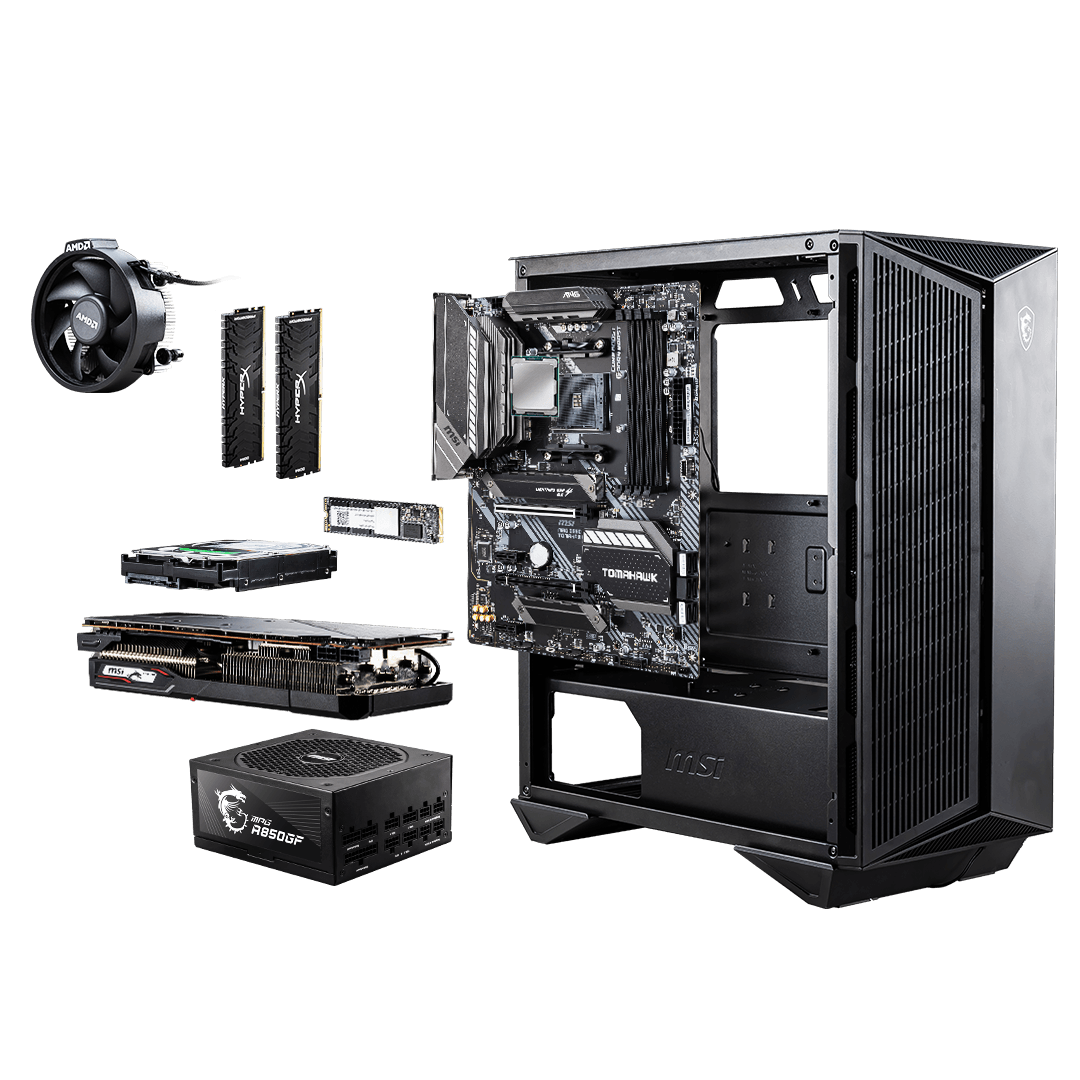Introduction Streamlining Development
The aviation industry relies heavily on avionics systems, the electronic systems used on aircraft for navigation, communication, and control. As air travel continues to grow and aircraft become more technologically advanced, streamlining the development of avionics systems has become crucial. Efficient development processes not only reduce costs and time-to-market but also improve safety and reliability. In this article, we explore various strategies and methodologies that avionics companies can adopt to streamline their development efforts in 2024.
Advancements in Modular Hardware Design
Modular hardware design is a modern approach to building avionics systems. It involves creating separate modules that can be easily combined or replaced. This design allows great flexibility. Avionics systems can grow and change as needed. Modular design also makes systems more scalable. Modules can be added to increase capabilities. Modular hardware is cost-effective, too. Faulty modules can be replaced instead of the entire system. Many companies now use modular hardware in avionics. It provides many benefits over traditional fixed designs. It streamlines development by enabling quick updates and customizations, allowing manufacturers to rapidly adapt to changing requirements.
Agile Software Development
Agile methods are modern approaches to developing software. They involve frequent iterations and incremental updates. Cross-functional teams collaborate closely. This allows for rapid response to changing requirements. Agile methodologies are rapidly replacing traditional linear development models. Avionics companies increasingly use agile for software. Short repetitive cycles mean faster delivery of working software. Continuous feedback and testing improve quality. Face-to-face communication enhances teamwork. Agile processes are flexible and adaptive. They streamline avionics software development significantly, making changes that can be implemented quickly and efficiently. Through agile methodologies, developers can prioritize high-value features first.
Simulation and Virtual Testing Environments
Simulation and virtual testing are vital for avionics development. They allow thorough evaluation without physical prototypes. Virtual environments recreate real-world conditions and allow engineers to test hardware and software in these environments. Simulations identify issues early in development and this prevents costly mistakes later on. Virtual testing also accelerates the process significantly, limiting the need to construct physical test rigs. Software and updates can be done quickly. The simulation also covers numerous scenarios efficiently. It ensures comprehensive testing coverage. Virtual environments are safer, too, where hazardous conditions can be replicated without risks. Overall, simulations streamline avionics development remarkably. They reduce costs, timelines, and potential failures.
Cybersecurity and Safety Considerations
Cybersecurity and safety are critical for avionics systems. These systems control aircraft, so security breaches can be catastrophic. Avionics developers must address cybersecurity from the start. These measures include implementing robust security measures and encryption. Regular security audits and penetration testing are also essential. Avionics software and hardware undergo rigorous safety assessments as well, following standards like DO-178C, DO-254, and AS6171. Potential failure modes are analyzed in-depth. Strict coding standards ensure safety code quality. Compliance with industry safety regulations is also mandatory. Comprehensive cybersecurity and safety practices streamline development significantly and prevent costly rework and certification issues later. Robust security and safety are non-negotiable for avionics products.
Automation and Continuous Integration/Continuous Deployment (CI/CD)
Automation streamlines avionics software development greatly. It reduces manual effort and human errors. Continuous Integration (CI) automates building and testing code. Each update gets automatically built and tested. This catches issues quickly and facilitates frequent integration. Continuous Deployment (CD) automates working code rapidly and can be beneficial for approved updates that can deploy immediately to production. Together, CI/CD enables an efficient pipeline from code to release. Automated testing frameworks check the software thoroughly at each stage. Deployment occurs with a single click after approvals. Automation eliminates tedious manual processes that are prone to mistakes. It accelerates the entire development lifecycle significantly. Leading avionics companies heavily utilize CI/CD practices. Automation is key to streamlining modern avionics development workflows.
Conclusion
Streamlining avionics development is vital for meeting the ever-increasing demands of the aviation industry. By embracing modular hardware architectures, agile software methodologies, simulation and virtual testing, robust cybersecurity and safety practices, and automation through CI/CD pipelines, avionics companies can significantly accelerate their development cycles, reduce costs, and enhance product quality and reliability. As the aviation industry continues to evolve, staying ahead of the curve in development practices will be crucial for maintaining a competitive edge. The strategies outlined in this article provide a roadmap for avionics companies seeking to optimize their development processes and deliver innovative, high-performance solutions to the market.



